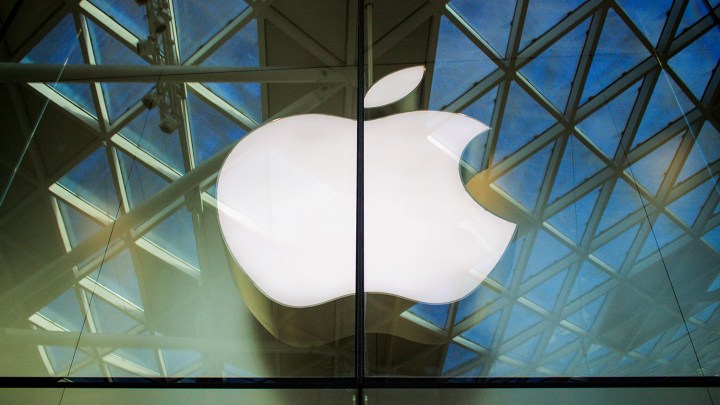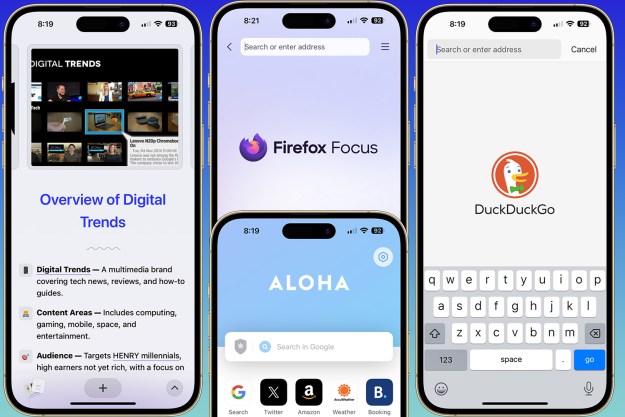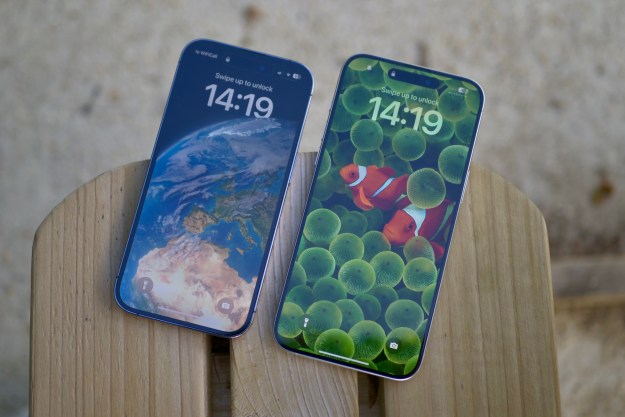
This will let Japanese commuters store bus and train passes on their iPhones, and simply tap their devices against entrance scanners to gain access to public transportation.
Comparable to the Near Field Communication (NFC) technology that’s used across North America, Europe, and Australia in Apple Pay, FeliCa is already ubiquitous across the island nation, with the Bank of Japan reporting 1.9 million of these payment terminals across the country, handling $46 billion worth of transactions last year.
As for which transit card providers would be in on the deal, an Apple source said that the Cupertino-based gadget maker would be willing to work with multiple networks, including Suica and Pasmo. Ideally, these transit passes would live in the Apple Wallet app, and customers could choose to buy either monthly cards or pay-as-you-go.
While an Apple spokesperson has made no comment on these new reports, Bloomberg says the technology could be unveiled as early as September with the newest iPhone release. That said, a source noted that should talks with the Japanese payment networks require more time, the tap-to-pay transit feature could be withheld until next year.
Japan represents quite the opportunity for Apple, with the tech-obsessed nation accounting for 8 percent of Apple’s total revenue, and nearly 11 percent of the company’s operating profit this past quarter. So get on top of things, New York MTA — transit cards may already be meeting their demise overseas, so we can’t possibly be that far behind, right?
Editors' Recommendations
- 5 phones you should buy instead of the iPhone 15
- Why you should buy the iPhone 15 Pro Max instead of the iPhone 15 Pro
- Mophie made one of the cutest iPhone accessories I’ve ever used
- Your iPhone just got a new iOS update, and you should download it right now
- YouTube TV just got even better on iPhones and iPads


